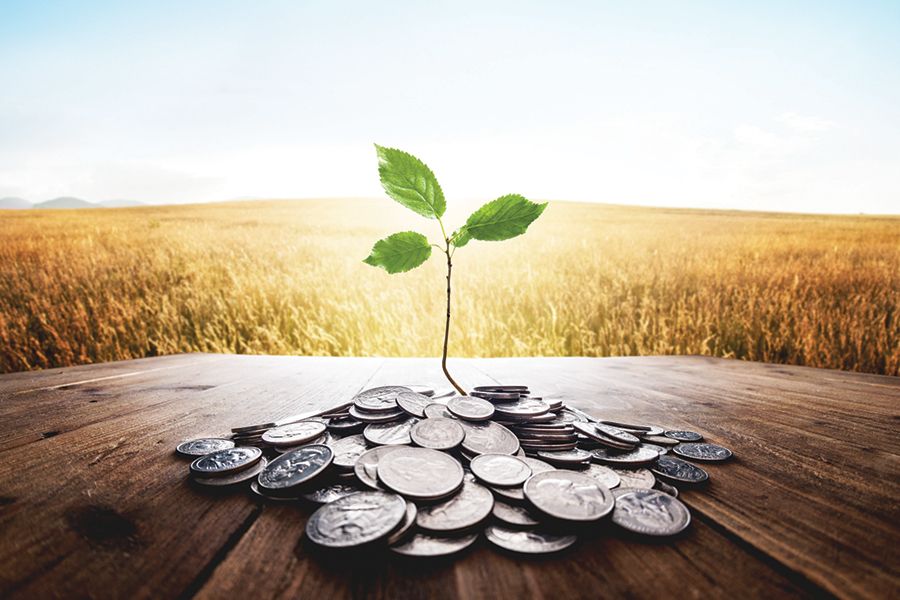Opinions on climate change vary drastically from person to person. Discussing the appropriate course of action can also often be obfuscated by tangentially impacted circumstances, like the massive lifestyle changes that first-world citizens will be forced to accept or whether a federal government should be performing any sort of drastic policy intervention to change our course. These are ultimately afterthoughts to the root cause of the issue itself — the markets and industries that drive greenhouse gas emissions.
Setting aside any philosophical debate on how best thwart our impending doom, the reality for the financial services industry is that certain environmentally adjacent investments will become either worthless or worth less over the next two decades.
Some of these investments are liquid (and some are literally liquid). So whether it’s specific to an individual client or a broader set of funds and futures, here are some investment tips for the imminent end of the world.
Stay out of the water
As sea levels continue to rise, the real estate industry and property owners will be faced with tough decisions on how far in the future it is wise to bet on the appreciation of waterfront real estate.
Spencer Glendon, a senior fellow at Woods Hole Research Center, has outlined how lenders in lucrative coastal real estate markets like Florida should now consider 30-year loans essentially off limits as insurance disappears and terminal values continue to shrink.
These sentiments were reiterated in a recent BlackRock study that indicated that “a rising share of muni bond issuance over time will likely come from regions facing economic loses from rising average temperatures and related events.”
(More: World bond index adds climate-risk screen)
Get in the water
Water shortages in states like California date back to the beginning of the 20th century. But an issue that once was largely caused by agricultural consumption is now being exacerbated by climate change.
In a state that is the world’s fifth largest economy, this continues to be a substantial policy issue. As water filtration and conservation technologies increasingly are viewed as essential investments for many impacted municipalities, share values will continue to climb.
Innovators like Ecolab have seen their shares rise 18% since the beginning of the year alone.
(More: How we fight climate change matters)
Plant some seeds in green ETFs
Generally speaking, ETFs have several advantages from a passive investment perspective. An ETF targets a specific market while minimizing risks. Fees can be lower than those on traditional mutual funds, and ETFs are often more transparent as well.
There’s no doubt been some speculation in the U.S. surrounding the current administration’s negative impact on this growth market as policy tends to favor traditional fossil fuel industries, but the global trends continue to point upward. And even if your clients’ contributions to these funds don’t save the planet, they’ll at least be able to enjoy their golden years in the nicest doomsday bunker on the block.
(More: Disruptive ETFs face an ESG disruption)
Andy Penkalski is director of marketing at Advicent, a financial planning technology provider.
(More: Register now for InvestmentNews’ inaugural ESG & Impact Forum on Dec. 5 at the United Nations)








